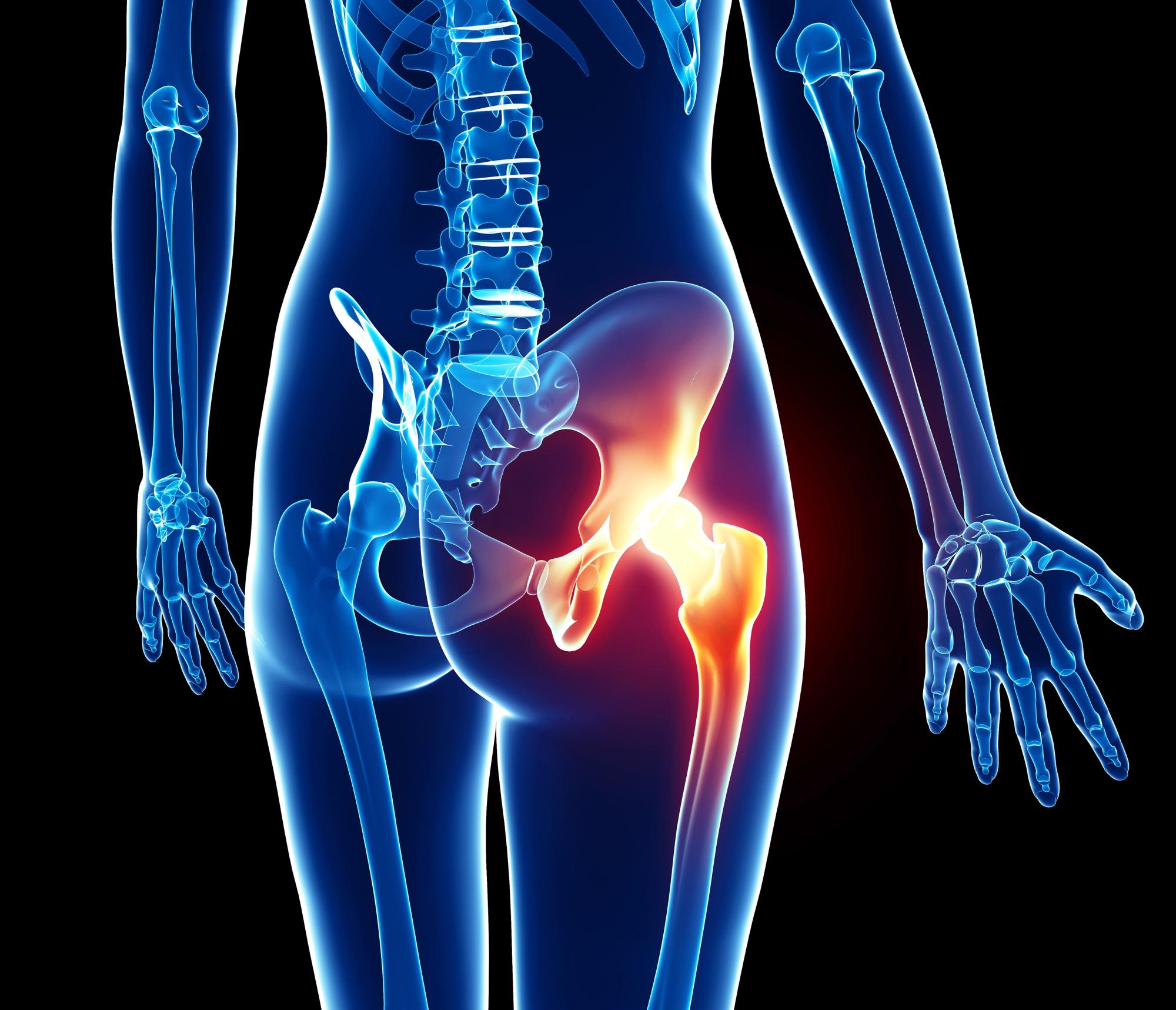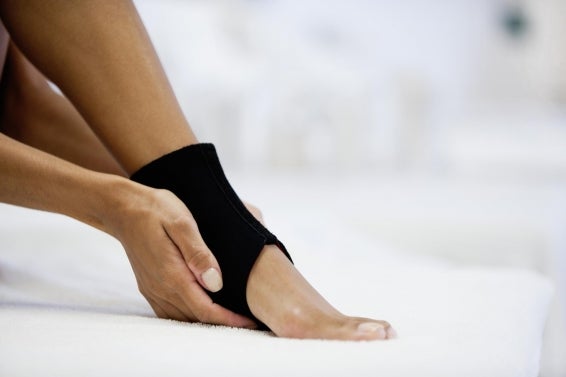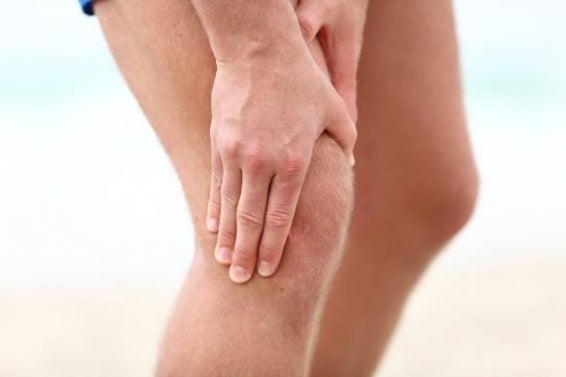View Providers
Joint pain is a symptom that something is wrong inside a joint. It can be mild and bothersome or severe and quite debilitating. It can also affect one joint or multiple joints. Most of the time, it’s possible to manage mild joint pain at home.
Read on to learn about joint pain and when it’s time to make a doctor appointment.
Causes of Joint Pain
A variety of conditions can cause joint pain including:
- Arthritis including gout and osteoarthritis
- Autoimmune disorders including lupus and rheumatoid arthritis
- Bursitis
- Infections
- Injuries including overuse, sprain and fracture
- Tendinitis
Managing Joint Pain
Managing mild cases of joint pain at home can be fairly simple. Over-the-counter pain relievers, massage, and gentle stretching exercises can help. Then, follow the acronym RICE:
- Rest: avoid activities that make joint pain worse and take it easy on the joint.
- Ice: use an icepack for 20 minutes at a time several times a day.
- Compression: wear an elastic compression bandage (available at most drug stores).
- Elevation: rest your joint at a level higher than your heart.
When to See a Doctor
There are times when seeing a doctor is the smart move for managing joint pain. This includes any time joint pain is severe, the joint looks crooked or different than normal, or you can’t move the joint or put weight on it. You should also see a provider if you have other symptoms, such as fever, weight loss, or a hot and swollen joint. Even for mild joint pain, it’s wise to get it checked out if it continues for more than 2 to 3 days.
Diagnosing Joint Pain
Your doctor will examine your joint and may recommend additional testing to diagnose the source of the pain. This can include blood tests and X-rays. In some cases, your doctor may suggest arthrocentesis—also known as joint aspiration or joint drainage. This procedure involves removing a sample of synovial fluid—the lubrication for joints. Doctors can test the fluid for signs of disease or injury.
Treating Joint Pain
Your doctor will recommend treatment depending on the likely cause of the joint pain. When it’s due to an underlying condition, treating the condition should help. For example, joint pain may resolve once an autoimmune disease is under control. Your doctor may also recommend prescription medicines and physical therapy or rehabilitation. For mild, everyday joint pain, over-the-counter pain relievers like acetaminophen (Tylenol) or non-steroidal anti-inflammatory drugs (NSAIDs) like ibuprofen (Advil) and naproxen (Aleve) may help provide short-term relief.
Sometimes, more invasive treatments are necessary. The same joint aspiration that can help diagnose joint pain can also help treat it by eliminating fluid and pressure from the joint. Joint injections are an option for some people. Surgery may be an option for chronic joint pain or joint pain due to degenerative joint diseases, such as arthritis.
Preventing Joint Pain
Preventing joint pain centers on protecting your joints. Joint-friendly exercises to build surrounding muscle will help stabilize joints. Talk with your doctor about exercises that are right for you. Eating a healthy diet with plenty of protein, calcium, and vitamin D will help strengthen muscles and bones. Exercise and eating right also helps you maintain a healthy weight, which is good for your joints. Being overweight puts extra strain on your joints.
You can help prevent overuse injuries or repetitive stress injuries by following some basic principles:
- Learn how to lift heavy objects properly
- Practice good posture
- Take breaks during long activities such as yard work
- Vary your activities
- Perform proper stretching before exercise
- Wear the right footwear and equipment for your activity





